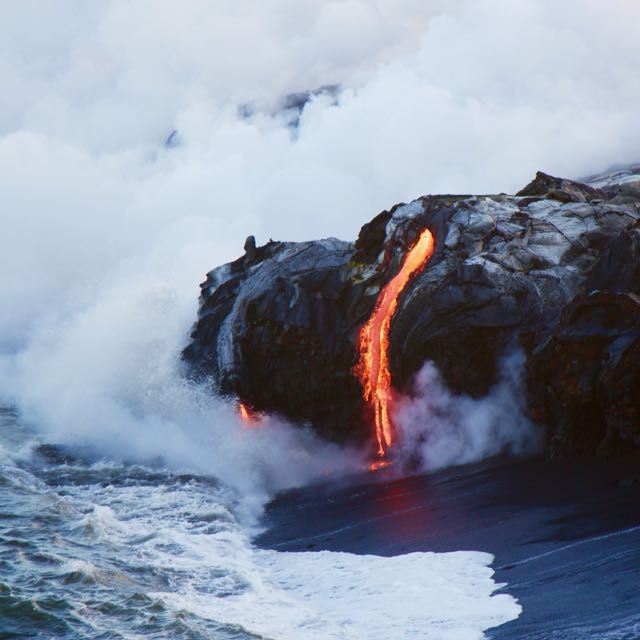#SciFund Challenge Self-Guided Class
Part 4: Capturing the Perfect Exposure
The technical term for a photograph is actually an exposure. In the ancient time of photography, cameras used a material called film which was sensitive to light and required chemicals to develop the image that was captured. This required a process where the film was briefly exposed to light. In today’s modern society, we still use an exposing process, but instead of film we expose a chip designed to capture light.
The benefit to us is that we get to take lots of pictures. And we mean a lot!
Have you seen this picture that @iheartanthony posted to Instagram?

It took over 50 exposures and a careful eye to get that one single image. Luckily all that was required was time and a memory card with some spare room. Sometimes, for whatever reason, the image will turn out blurry, or an object may hide your subject, the wind could be blowing in the wrong direction, you get an itch, or the focus on the camera is off, or a million other things could go wrong.
In this photography example, time was needed to ensure the outcome contained the desired result: a clean shot of lava pouring from the earth creating new land. If you are interested, the slideshow below contains some of the pictures that didn’t make it to the show pile with explanations of why they weren’t selected.
You may not want to spend so much time capturing a single image, but it is foolish to expect to capture the best moments in a single take every time you whip out your phone or camera. These moments of photography frustration can help you develop your photographic skills when they are most needed.
Here is an example of just that:

This photo, taken by @iheartanthony, was a product of timing and luck, but also of practice. In many opportunities such as this one, where your subject is uncontrolled, there is a very finite, yet unknown, amount of time to attempt to get the right exposure. With practice you will be better equipped to get everything perfect when you press the trigger. And press and press and press and…
Sometimes you have the time to perfectly position your subject, you can tweak your camera settings, you can adjust the focus. Other times you need to act quickly and hope for the best. In both instances, experience with your camera and with various subjects makes you better prepared to deal with all of this for future opportunities.
Don’t stress too much about getting the right photo the first time you take a picture. Remember there are two stages to getting a great photo. The first is when you are actually taking a picture. The second comes later when you get to look at your results, choose your best, and then edit them for better appeal. Capturing the right photo takes practice to leverage both skills.
So get out and shoot, shoot, shoot!


